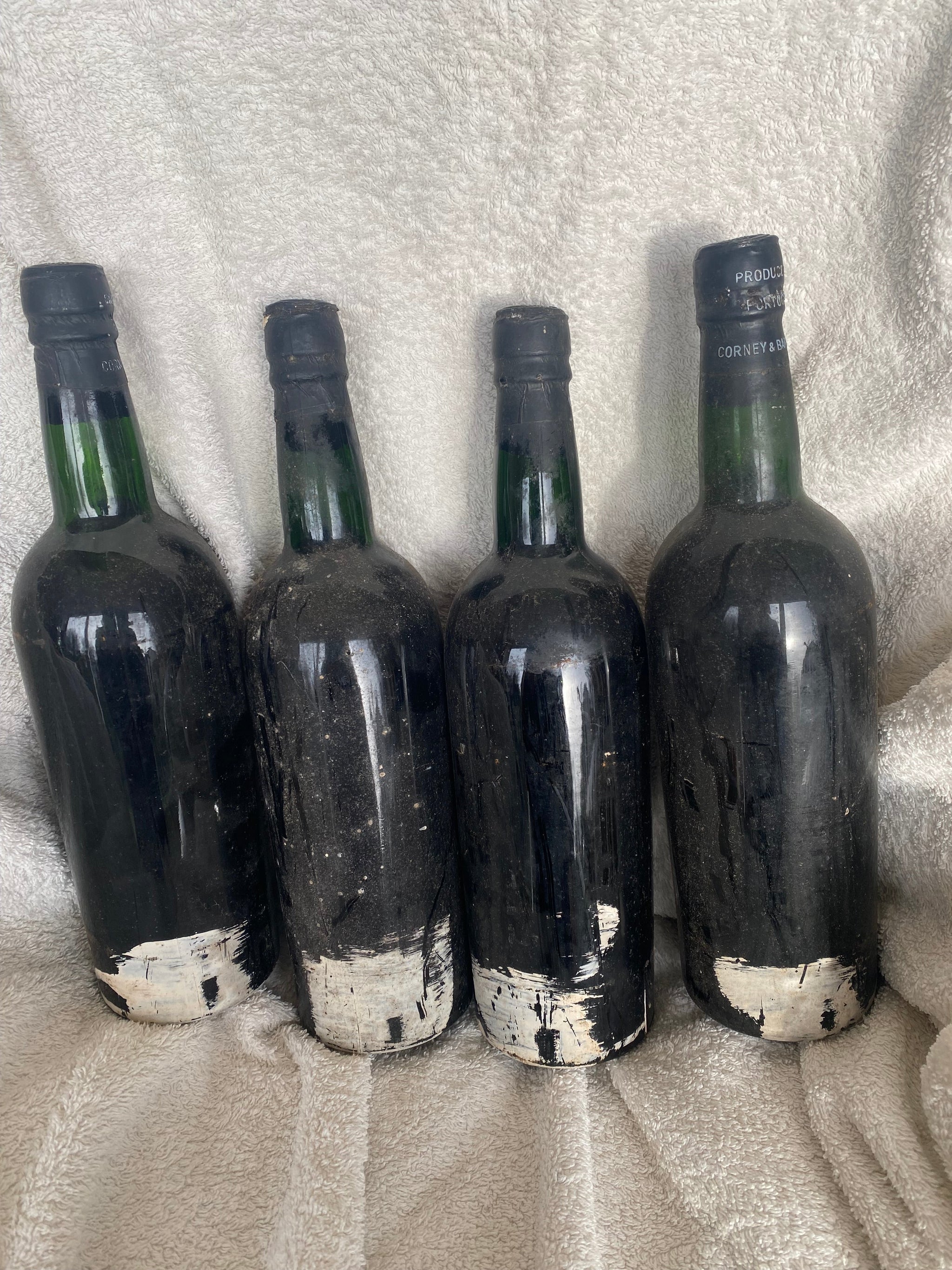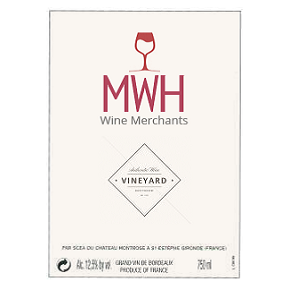The wines of Bordeaux have enjoyed a run of sensational vintages in the last decade. 2010, 2015, 2016, 2018 and, so we are told 2019, have all produced wines of superb quality at all levels and will doubtless take their places amongst the very best this revered region has ever produced.
For some, including this month’s guest blogger Giles Luckett, this outstanding run of form is not without its concerns. As Giles asked on a previous MWH Wine blog, ‘Is Climate Change Killing Bordeaux With Kindness?’ So, it was with more interest than usual that MWH attended the latest Union des Grands Cru tasting in London last week to sample the wines of 2017 as it promised to be a taste of normality.
In his new post, Giles considers the 2017 vintage, gives his recommendations as to the best wines on show and asks if this very decent year will prove to be that rarest of finds: a source of affordable Bordeaux.
Union des Grands Cru Tasting: October 16th 2019
There was a slightly more relaxed air at this year’s tasting. It was as if that not being in the presence of greatness had allowed everyone to get back to simply enjoying tasting what were a very decent set of wines.
No one – not even the new youthful President of the Union, Ronan Laborde – was about to proclaim the 2017s as outstanding. But the wines were generally very good and winemakers are to be congratulated on making wines that are sound and enjoyable in a vintage that must, at times, have been anything but enjoyable.
2017 was a difficult year for many. April frosts took out much of the potential crop with one on the night of the 27th wreaking havoc. This resulted in harvest that was 40% smaller than the 10-year average and those berries that did survive were first dowsed with plenty of rain, then enjoyed a fine, hot summer but had a worryingly damp start to September then had a fine finish. The going was far from simple and the rain in September played merry hell in St Emilion and Pomerol meaning careful selection will be required when buying wines.
The best of the reds are said to come from St. Julien, Pauillac and St Estephe – something that was certainly borne out in my notes (see below). As for the whites, the dry whites are good if overshadowed by recent vintages. Wines such as Pape Clement and Smith Haut Lafitte lacked the weight we’ve come to expect. They had plenty of freshness and elegance but deeper notes of honey and peach were in short supply.
The sweet wines – especially the Sauternes – were on great form. Clos Haut-Peyraguey and Lafaurie-Peyraguey made for a fascinating pair being so different in their styles while retaining great intensity. Guiraud was decadent, almost oily and crammed with barley sugar and dried pineapple, while Suduiraut was reserved, intense and with an awful lot held in reserve. These will be wines to buy and lay down for several years, after which they will doubtless blossom into something quite special.
So, of 100 or so 2017s on show which should you consider buying? Well, allow me to present my top 10:
- Chateau Gruaud Larose – tasted directly after the odd (chaptalized?) Talbot this was a very fine effort. Not massively concentrated or overly generous at this stage, it has all the ingredients to make for another delicious – and affordable – Gruaud.
- La Conseillante– another pick of the Pomerols, La Conseillante was deep, plump and soft with an underlaying strength and weight that bodes well for the future. It put me in mind of the 2001 in its youth, a wine that is drinking superbly well now.
- Pape Clement Blanc – touch of perfume and marzipan on the nose, this is a fresh incarnation than of late and the precision is admirable. Possibly something of a victim of previous vintages successes, it seemed to lack a little weight but it was still delicious even at this tender age.
- Leoville Barton – the consistency at this château is simply outstanding. I cannot recall drinking a ‘bad’ Leoville Barton and the 2017 is excellent. Leaner than in some recent vintages, it is medium bodied, well-fruited and has a fine classical structure that means it will drink well over the long term.
- Chateau Carbonnieux – a joy now with its combination of ripe pears, red apples and tangy citrus, given a few years in bottle and a harmonizing of the contrasting elements and this will be simply delicious.
- Chateau Guiraud – the sheer scale and sweetness of this wine were enough to blow your socks off, but when you consider the range of flavours – barley sugar, candied pineapple, comice pears, citrus and honey – it’s a real gem.
- Pichon Comtesse – typically charming though nothing like as forward as vintages such as 2015 or 2016. Lean and austere for Comtesse, it is very complete and with time it will doubtless make for a very fine glassful.
- Pichon Baron – as expected much stricter than its sibling, with typical Pauillac notes of currants, minerals and pencil lead. Very refined with excellent structure and delineation. This is another one for forgetting about for a few years, but give it a decade and it will undoubtedly impress.
- Valandraud – the first time I recall seeing this elite property here and it certainly showed its class. Very good colour, quite rich and spicy with notes of blueberry, mulberry and bitter chocolate. Classical up to a point but with some flamboyance to the finish.
- Lynch Bages – utterly impressive in all respects. Very dark, deep and through a still-closed nose notes of crushed black and blueberries, spices and pencil. Fullish, touch of sweetness and then a long, dry mid-palate and long, spicy finish. Very well defined. Will need plenty of time, but the omens are good.
2017 Bordeaux: A Refreshing Change
My overall impression of the 2017s was a positive one. The wines are – generally speaking – complete, well-structured and have good futures. Are they show-stoppers like the 2015s, 2016s or the best of the 2018s? No, but they have a charm and a feeling of normality that is refreshing. From a collectors’ and a drinkers’ perspective these are wines to buy, cellar and enjoy. The prices are (relatively!) reasonable and as a vintage they’ll likely be overlooked by investors so they should remain so as seen in other vintages in this position – 2001, 2008, 2014 and the like.
It sounds perverse, but you really can have too much of a good thing – especially when it comes to wine such as Bordeaux which is meant to suffer (enjoy?) vintage variation. The 2017s will make for fine additions to people’s cellars and a welcome change of pace form the increasingly monumental, increasingly Californian style of wines we have become accustomed to seeing.
Giles Luckett

